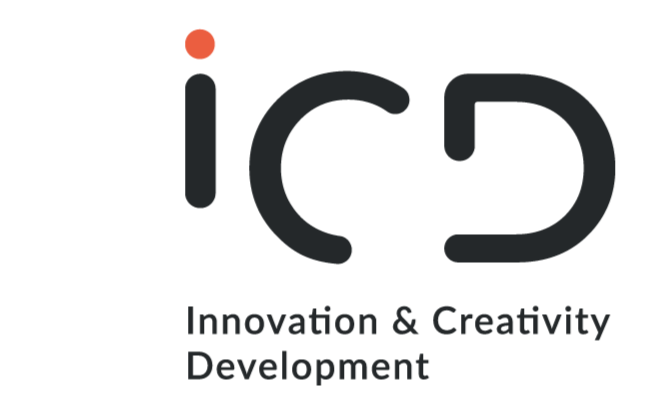
A new way of innovating, focused on people
What is Design Thinking and why should you have it on your radar?
Design Thinking is much more than a fad. It is a practical and structured methodology that allows us to approach complex problems with a different perspective: that of design. Inspired by the way designers think and work, this approach combines logic, intuition, and empathy to generate innovative and relevant solutions.
Beyond traditional linear thinking, Design Thinking proposes exploring, prototyping and validating ideas with agility, always with people at the centre. As Steve Jobs said: “Design is not just how something looks, it’s how it works”. And that is precisely what this methodology seeks: to design solutions that really work for those who are going to use them.
What makes it different?
Design Thinking is based on a clear premise: to innovate with impact, we must first understand our users in depth. It is not enough to assume what they need, you have to go out and observe, listen and empathize. That is why it relies on tools of ethnography and collaborative dynamics that allow the discovery of hidden needs, unexpressed desires or frictions that go unnoticed in traditional data.
Working with multidisciplinary teams is another of his strengths. Because when we bring together different perspectives and knowledge around a common challenge, richer, more powerful and more applicable ideas emerge.
Instead of designing for people, we design with them. And that shift in focus makes a big difference.
How can it help you in your projects?
In our conversations with customers, we are often asked:
“Do you work with Design Thinking?”
The answer is yes, but the important thing is not the label, but how we apply it to generate real value.
Here are some common situations in which this methodology can make a difference:
1. Do you really know your user?
You may think you know your customer, but how much data do you have about them? What are its real problems? If you need more clarity, the observation and in-depth interview techniques that we use from Design Thinking will allow you to discover unsuspected opportunities and, many times, completely redefine the challenge.
2. Do you already have ideas, but don’t know if they are going in the right direction?
Perfect. Then it’s time to co-create with your users. Show early prototypes, receive direct feedback, and adjust based on what really matters. Better to make mistakes quickly and cheaply, than to invest months in something that does not connect.
3. Are you stuck on the same old ideas?
You’re not alone. Many companies repeat known solutions because they don’t change their thinking. This is where the ideation techniques we use to unlock the team’s creativity and generate new proposals come in. Of course, it is not enough to fill a wall with post-its: you have to prototype, visualize, and test with real users.
4. Do you already have a product and want to improve it?
Then it’s time to validate. Show the concept without fear, receive honest feedback and adjust as necessary. The goal: that your solution is truly useful, intuitive and desirable. This is where user experience (UX) comes into play, which is key to optimizing functionality and usability.

What concrete benefits can Design Thinking bring to your organization?
- Strategic clarity: It facilitates alignment between areas and helps to better focus objectives, connecting what the organization wants to be with what customers/users really need.
- Agile and actionable research: Transform user data into actionable learnings and actionable decisions.
- Rapid prototyping: Allows ideas to be visualized from early stages, speeding up learning and reducing risk.
- Useful and differential solutions: Encourage the creation of ideas that really matter to your customers, thanks to working together with them.
- Low-cost validation: Improve concepts before they are launched to market, optimizing resources and increasing success.
And how do we apply it in ICD?
At ICD we have been applying Design Thinking in business innovation projects for years, both in the private and public sectors. We especially like it because it is a methodology that embraces uncertainty: it works from it, not against it. That’s why it’s so useful when the path isn’t clear and you have to build it with the customer step by step.
If you are facing a complex challenge, want to innovate with focus or need to really connect with your customers/users, take a look at our services. Design Thinking can be the catalyst you need.
